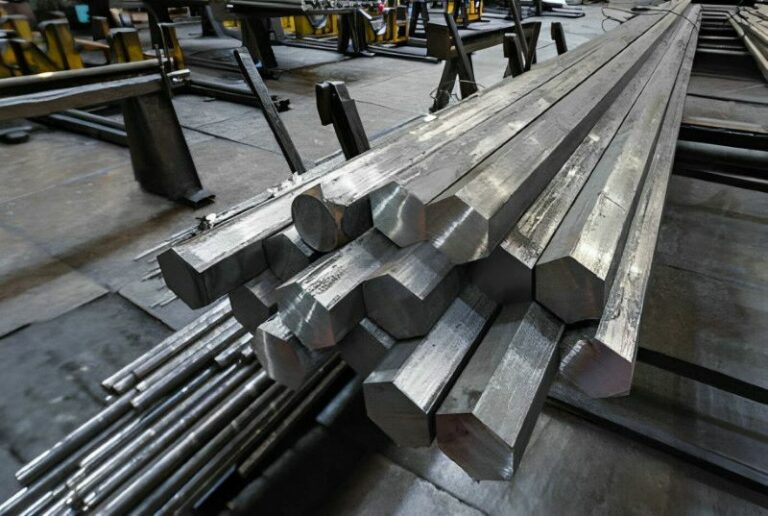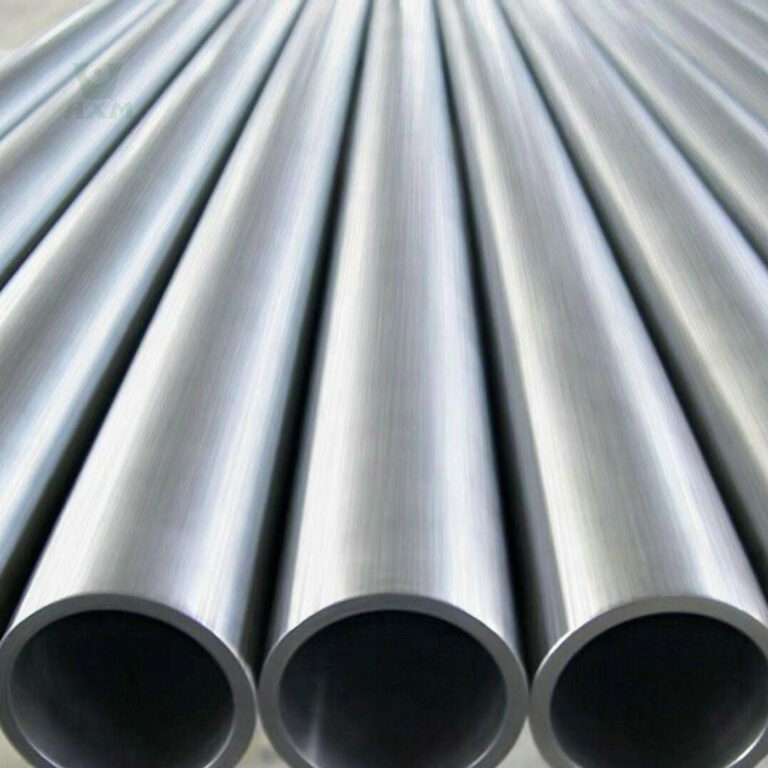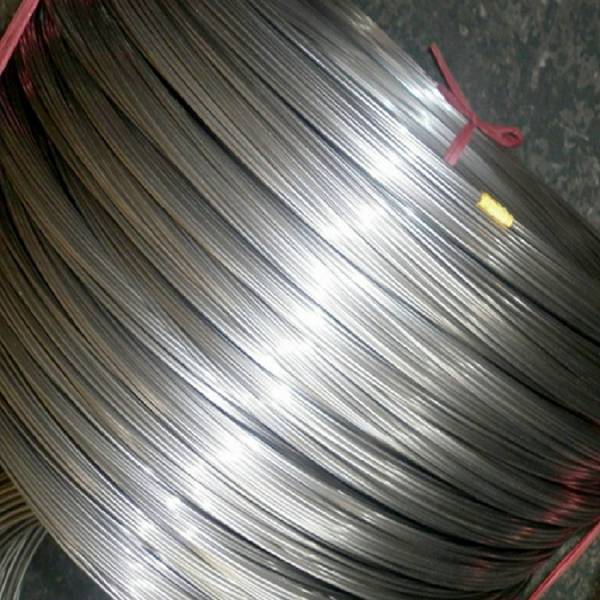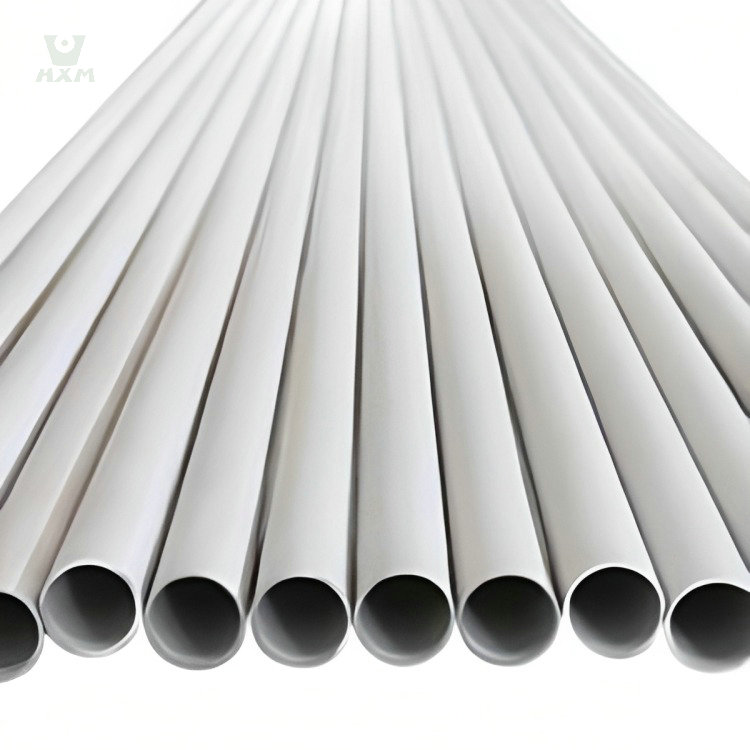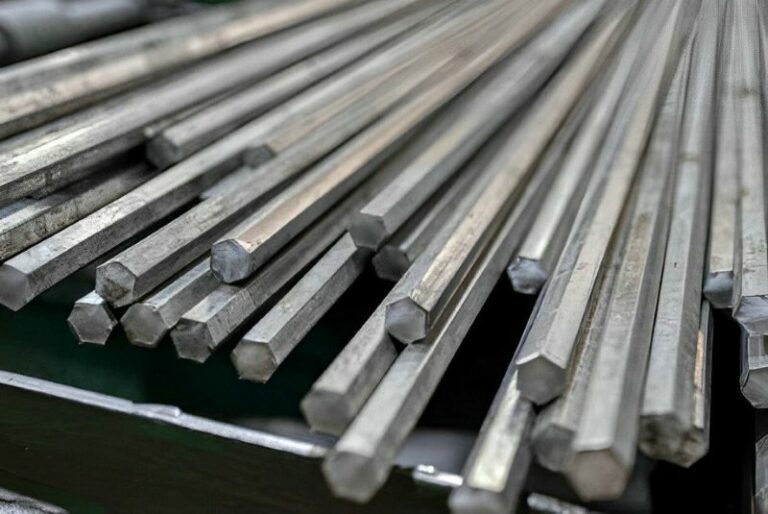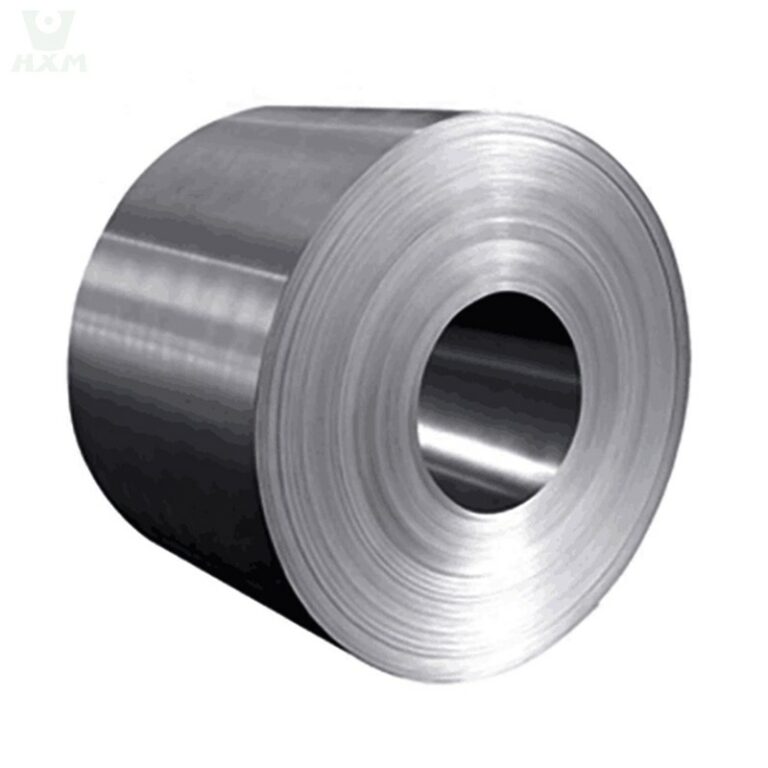Do you have any questions about our products or are you looking for a professional 316&316L stainless steel sheets supplier?
316 316L Stainless Steel Sheet and Plate Supplier
- Specification: ASTM 316, UNS S31600, ASTM 316L, UNS S31603, EN 1.4401, EN 1.4404, JIS SUS316, JIS SUS316L, AISI 316, AISI 316L, AFNOR Z6CND17-11, GOST 03Ch17N14M3, ISO 16, ASTM 316Ti, UNS S31635, ASTM 316H, UNS S31609.
- Features: Offers superior corrosion resistance, high temperature strength, and excellent weldability, ideal for marine and chemical environments.
- Thickness: 0.05mm – 200mm
- Width: 600mm – 2000mm
- Length: 500mm-12000mm
- Finish: 2B, 2D, Black, NO.1, Anneal pickling
- MOQ: 2MT
Payment method: T/T, LC
Price: Inquiry Factory Price 301 stainless steel sheets Now
316&316L Stainless Steel Sheets Data Sheet
| 316 | C% | Si% | Mn% | P% | S% | Ni% | Cr% | Mo% |
| ASTM A240/A240M | ≤ 0.08 | ≤ 1.00 | ≤ 2.00 | ≤ 0.045 | ≤ 0.030 | 10.0-14.0 | 16.0-18.0 | 2.0-3.0 |
| EN 10028-7 | ≤ 0.08 | ≤ 1.00 | ≤ 2.00 | ≤ 0.045 | ≤ 0.030 | 10.0-14.0 | 16.0-18.0 | 2.0-2.5 |
| JIS G4304 | ≤ 0.08 | ≤ 1.00 | ≤ 2.00 | ≤ 0.045 | ≤ 0.030 | 10.0-14.0 | 16.0-18.0 | 2.0-3.0 |
| GB/T 4237 | ≤ 0.08 | ≤ 1.00 | ≤ 2.00 | ≤ 0.045 | ≤ 0.030 | 10.0-14.0 | 16.0-18.0 | 2.0-3.0 |
| 316L | C% | Si% | Mn% | P% | S% | Ni% | Cr% | Mo% | N |
| ASTM A240/ASME SA240 | ≤ 0.03 | ≤ 0.75 | ≤ 2.00 | ≤ 0.045 | ≤ 0.030 | 10.0-14.0 | 16.0-18.0 | 2.0-3.0 | ≤ 0.10 |
| EN 10028-7 | ≤ 0.03 | ≤ 1.00 | ≤ 2.00 | ≤ 0.045 | ≤ 0.030 | 10.0-13.0 | 16.0-18.0 | 2.0-2.5 | ≤ 0.11 |
| JIS G4304/4305 | ≤ 0.03 | ≤ 1.00 | ≤ 2.00 | ≤ 0.045 | ≤ 0.030 | 10.0-14.0 | 16.0-18.0 | 2.0-3.0 | ≤ 0.11 |
| GB/T 4237/4238 | ≤ 0.03 | ≤ 1.00 | ≤ 2.00 | ≤ 0.045 | ≤ 0.030 | 10.0-14.0 | 16.0-18.0 | 2.0-3.0 | ≤ 0.10 |
Production Range of 316 stainless steel sheet and plate
-316 316L Cold Rolled Stainless Steel Sheet and Plate, Cold rolled 316 316Lsheets, Cold rolled 316 316L Plate
- Thickness: 0.2mm – 3.0mm
- Width: 300mm – 2000mm, the narrowed products pls check in strip products
- Length: 1000mm-6000mm
- Finish: 2B, 2D
-316 316L Hot Rolled Stainless Steel Sheet and Plate, Hot Rolled 316 316L Sheet, 316 316L PMP, 316 316L CMP
- Thickness: 1.2mm – 200mm
- Width: 300mm – 3200mm
- Length: 500mm – 12000mm
- Finish: Black, NO.1, Anneal pickling
Product Description of 316&316L stainless steel sheet and plate
316 is stainless steel due to the addition of Mo aspects and also high-temperature power has improved, high temperatures up-to 1200-1300 degrees, can be used under harsh ailments.
316L is a kind of stainless steel. Due to the molybdenum material in steel, this steel’s complete performance is significantly much far better than that of 310 and 304 stainless steel. Under high-temperature states, the moment the concentration of sulfuric acid is lower than 15% or less than 85%, 316L stainless steel includes a large range. use. 316L stainless steel additionally offers great resistance to chloride attack and can be therefore utilized in marine environments.
316L Stainless steel has the highest carbon content of 0.03 and can be used in software where annealing isn’t possible and optimum corrosion resistance is required.
Properties of 316&316L Stainless Steel Sheets
| Physical Properties | 316 Stainless Steel | 316L Stainless Steel |
| Density (g/cm³) | 7.98 | 7.98 |
| Melting Point (℃) | 1370-1400 | 1370-1400 |
| Coefficient of Thermal Expansion (10-⁶/K) | 16.5-18.2 | 16.5-18.2 |
| Thermal Conductivity (W/m-K) | 15.0-17.0 | 15.0-17.0 |
| Resistivity (nΩ-m) | 70-74 | 70-74 |
| Magnetic Properties | Non-magnetic | Non-magnetic |
| Mechanical Properties | 316 Stainless Steel | 316L Stainless Steel |
| T.S.(MPa) | 515 | 485 |
| Y.S.(MPa) | 205 | 170 |
| L.(%) | 35 | 35 |
| HB | 217 | 217 |
| HRB | 95 | 95 |
| HBW | 217 | 217 |
| HV | 217 | 217 |
Among them, Y.S. denotes yield strength, T.S. denotes tensile strength, E.L. denotes elongation, HB denotes Brinell hardness, HRB denotes Rockwell hardness, HBW denotes Brinell hardness (weight method), and HV denotes Vickers hardness.
It can be seen that 316 and 316L are basically the same in physical properties, but slightly different in mechanical properties. 316 has a higher tensile strength and yield strength than 316L, while 316L has a slightly higher elongation. This is due to the addition of a certain amount of low-carbon elements in 316L, resulting in a more stable grain boundary, which improves its corrosion resistance and fatigue resistance.
Features of 316&316L Stainless Steel Sheets
Characteristics of 316 Stainless Steel Sheet
- Excellent Corrosion Resistance: 316 stainless steel sheet contains molybdenum, which provides better corrosion resistance than 304 stainless steel, especially against chloride corrosion in most environments.
- High-Temperature Stability: 316 stainless steel sheet can maintain good stability at high temperatures, making it suitable for high-temperature environments and certain industrial applications.
- Good Machinability: Despite its high corrosion resistance, 316 stainless steel sheet still has good machinability, making it easy to cut, bend, and weld.
Characteristics of 316L Stainless Steel Sheet
- Low Carbon Content: Compared to 316 stainless steel, 316L stainless steel sheet has a lower carbon content, which gives it better corrosion resistance in some applications, especially reducing the risk of carbide precipitation at grain boundaries during welding, thereby reducing the risk of intergranular corrosion.
- Excellent Welding Performance: Due to its low carbon content, 316L stainless steel sheet is less prone to thermal cracking during welding, making it particularly suitable for welding applications.
- Good Corrosion Resistance: Despite the lower carbon content, 316L stainless steel sheet still maintains similar corrosion resistance to 316 stainless steel, especially against chloride corrosion.
- Suitable for Sensitive Applications: Due to its excellent corrosion resistance and welding performance, 316L stainless steel sheet is particularly suitable for sensitive applications with high material performance requirements, such as chemical processing, nuclear energy industry, medical equipment, and food processing.
Application of 316&316L Stainless Steel Sheets
316 and 316L Stainless Steel Sheets are used in a wide range of applications. They are commonly used in paper-making equipment, dye equipment, film processing equipment, pipelines, and exterior building materials in coastal areas. In addition, they are used in a wide range of applications such as valves, nuts, housings, clamps, ball valves, and valve stems.
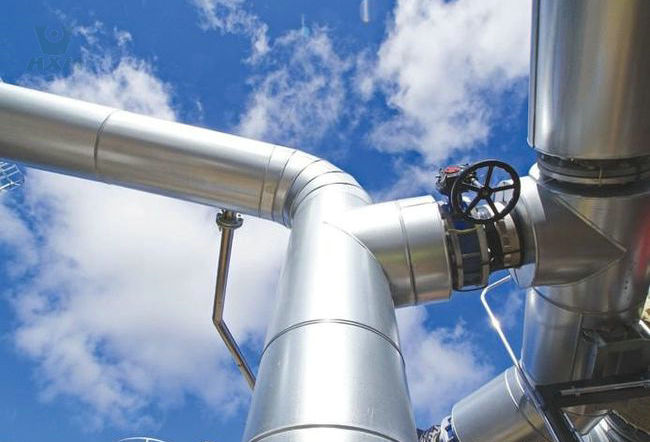
Chemical Industry
316 and 316L stainless steels are widely used in equipment and piping systems such as tanks, reactors, furnace tubes, steam generators, pipelines, etc. in the chemical, oil and gas industries due to their excellent corrosion resistance.
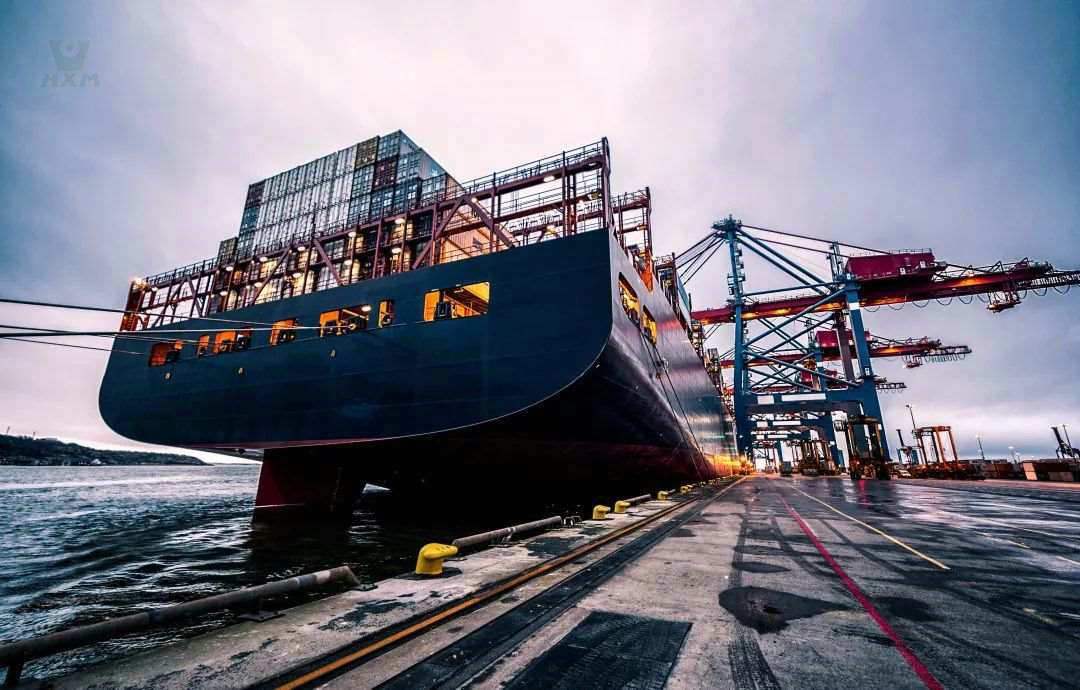
Marine Engineering
316 and 316L stainless steels are also an excellent material for marine structures because of their excellent corrosion resistance and high strength. They are commonly used in the manufacture of ships, offshore drilling rigs, desalination equipment, offshore oil platforms, submarines, etc.
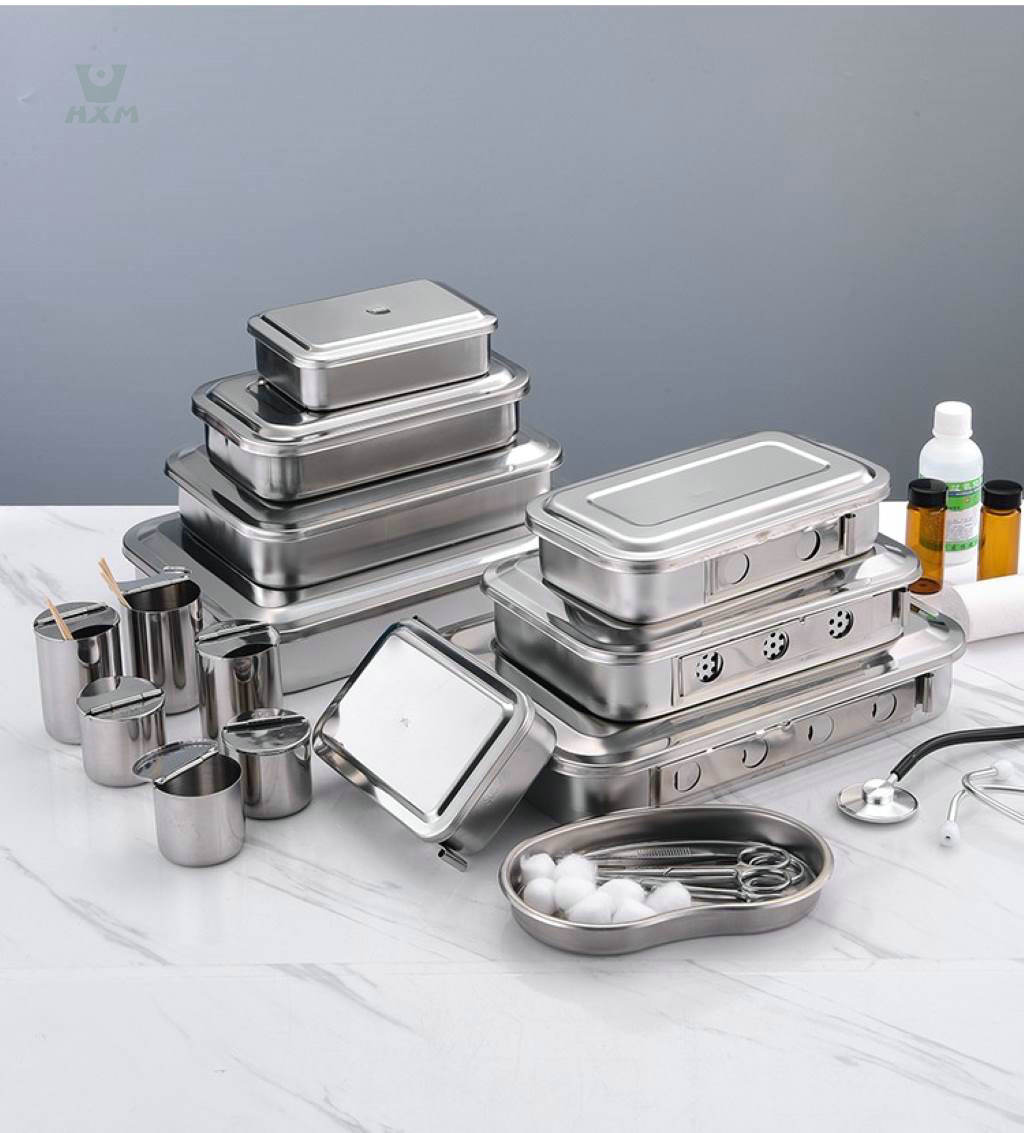
Medical Devices
316 and 316L stainless steels are widely used in medical devices, surgical instruments and dental instruments because of their good compatibility with human tissue and good corrosion resistance without any harmful effects on the human body.
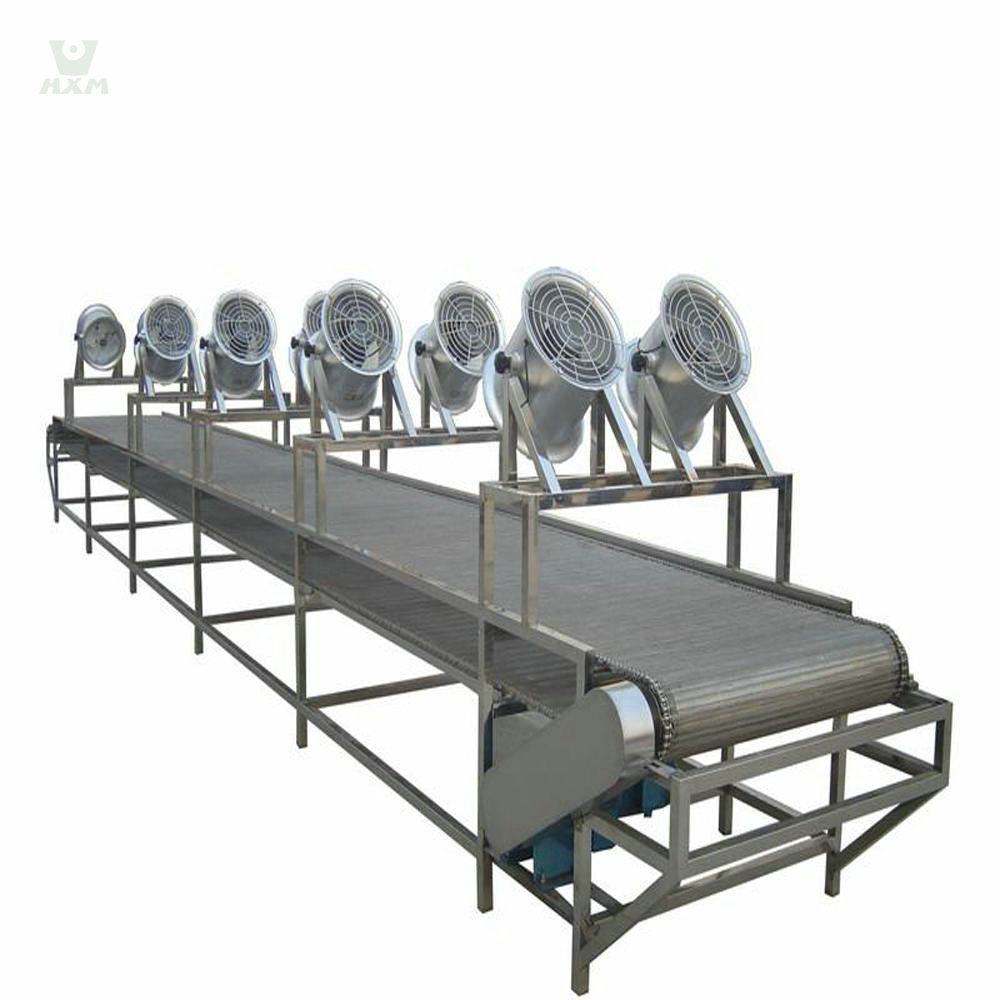
Food Processing Industry
316 and 316L stainless steels are very important to the food processing industry because they do not produce any harmful effects on food and have good resistance to corrosion and cleaning agents. Therefore, they are commonly used in the manufacture of food processing equipment, such as storage tanks, agitators, conveyor belts, pipes, etc.
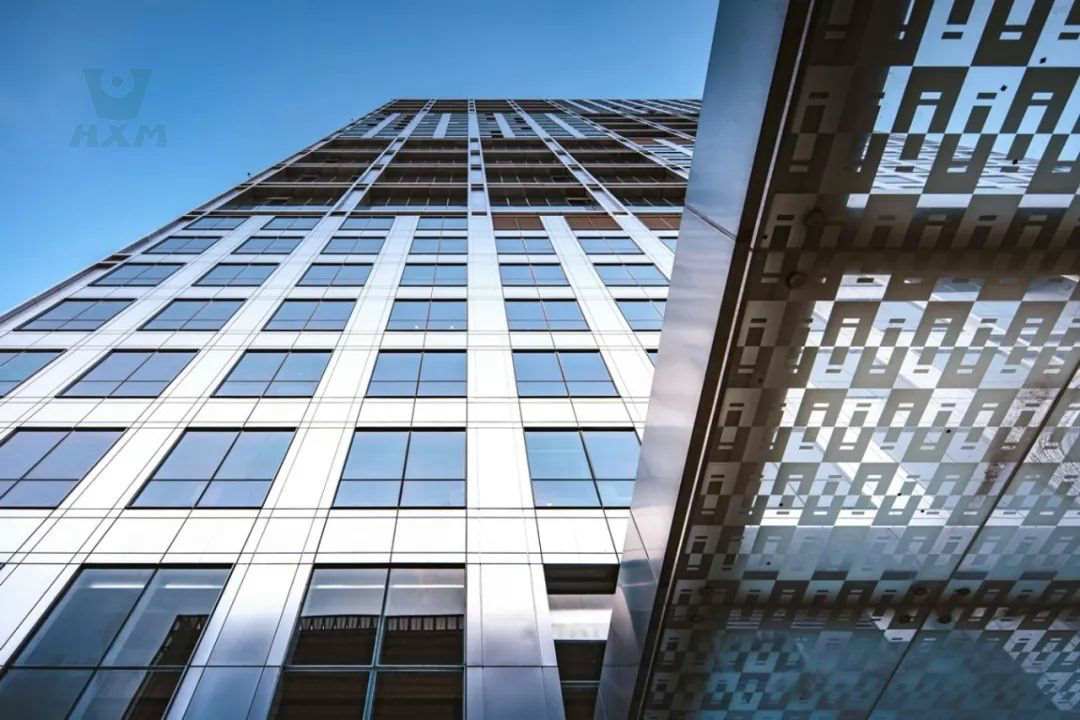
Other Industries
In the pulp and paper industry, 316 and 316L are commonly used in the manufacture of heat exchanger equipment. They are also used in film processing equipment, exterior materials for buildings in coastal areas, watch manufacturing, and other fields. In addition, they are often used in seawater manufacturing equipment, chemicals, dyes, pulp acid, fertilizer, and other equipment; cameras, food industry equipment, ropes, CD discs, and bolts.
FAQ
What is the difference between 316 stainless steel and 316L stainless steel?
- Carbon Content: 316L has a lower carbon content compared to 316, which gives it better corrosion resistance and welding performance in certain applications.
- Intergranular Corrosion Sensitivity: Due to its low carbon content, 316L is less prone to carbide precipitation at grain boundaries during welding, thereby reducing the risk of intergranular corrosion.
- Applications: While both have wide-ranging applications, 316L, due to its excellent welding performance and corrosion resistance, is particularly suitable for applications requiring welding and sensitive applications with higher material performance requirements, such as the nuclear energy industry.
What is the difference for manufacturing process of 316 and 316L?
The manufacturing processes for 316 and 316L stainless steel are similar in their main steps, but due to differences in their chemical compositions, especially in carbon content, there are variations in certain details and subsequent treatments. Here are the main differences in the manufacturing processes between the two:
Melting and Refining Process:
- During the melting process, more precise control of carbon content is required for 316L to ensure its low carbon characteristics.
- The refining process may also differ to further optimize the chemical composition of 316L, reduce harmful impurities, and enhance its corrosion resistance and welding performance.
Heat Treatment:
In certain cases, additional heat treatment steps, such as annealing or solution treatment, may be required for 316L to eliminate stress generated during welding processes and optimize its microstructure.
Post-processing and Surface Treatment:
Depending on the final application requirements, 316L may require stricter surface treatments, such as polishing or pickling, to remove surface defects or contaminants that may affect its corrosion resistance.
How magnetic are 316 and 316L stainless steel sheets?
316 and 316L stainless steel sheets are typically non-magnetic or exhibit weak magnetism. This is because they are both austenitic stainless steels, and their microstructure generally results in them being non-magnetic. However, under certain conditions such as improper cold working or heat treatment, they may display slight magnetism. This weak magnetism usually does not affect their performance in practical use.
Can 316 and 316L stainless steel sheets be welded?
Yes, both 316 and 316L stainless steel sheets can be welded. They exhibit good weldability and can be welded using various standard welding methods such as arc welding, gas welding, resistance welding, and laser welding. Nickel is a key factor in improving their welding performance, as it enhances the ductility, toughness, and excellent resistance to heat cracking of austenitic stainless steel.
However, it is important to note that the welding properties of 316L stainless steel are relatively better, especially in terms of resistance to intergranular corrosion and stress corrosion cracking. This is mainly attributed to the low carbon content of 316L, which reduces the formation of carbides during welding, thereby reducing the risk of intergranular corrosion and stress corrosion cracking. Therefore, in applications where maximum corrosion resistance is required or in welded structures where annealing is not possible, 316L stainless steel is usually the preferred choice.
How much does 316 and 316L stainless steel sheet cost?
The cost of 316 and 316L stainless steel sheets varies due to multiple factors, including raw material costs, processing costs, market demand, and supply, among others. Therefore, it’s not possible to provide exact cost figures. If you are interested in specific prices, we suggest you provide the required dimensions and quantity, and contact us for detailed quotation. You can reach us at [email protected]. We look forward to hearing from you.
Get In touch
Ready to Elevate Your Projects? Dive into our Stainless Steel Collection and Submit Your Specifications Today!
Phone/WeChat:+86 13381673250
Email: [email protected]
Address: RM557, NO.1388 Jiangyue Road, Shanghai China


